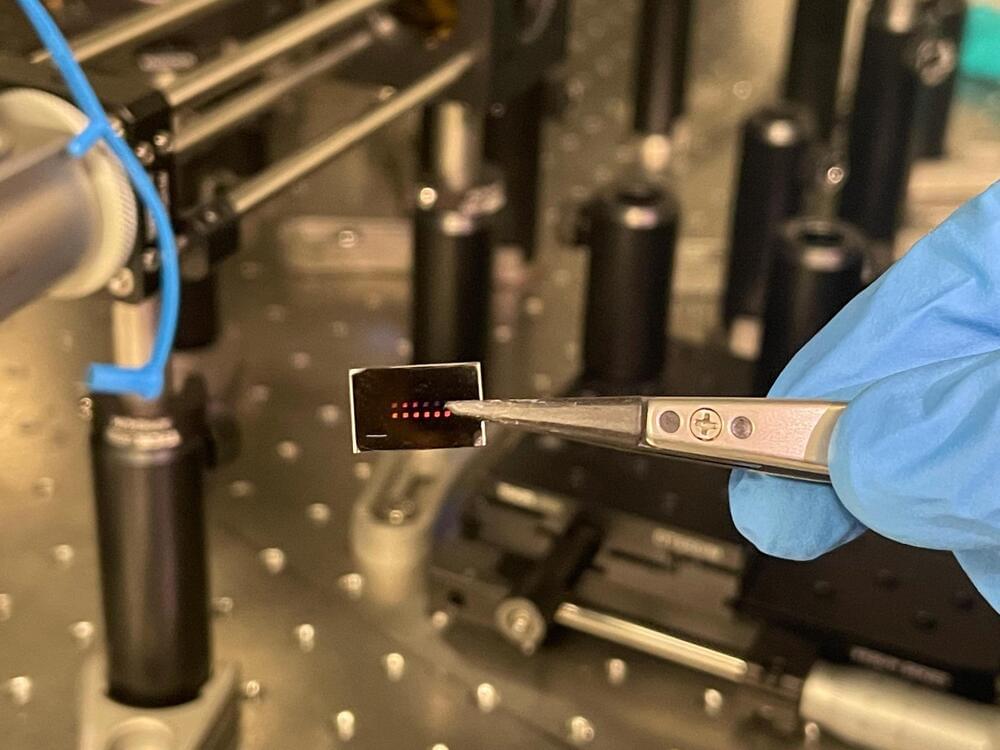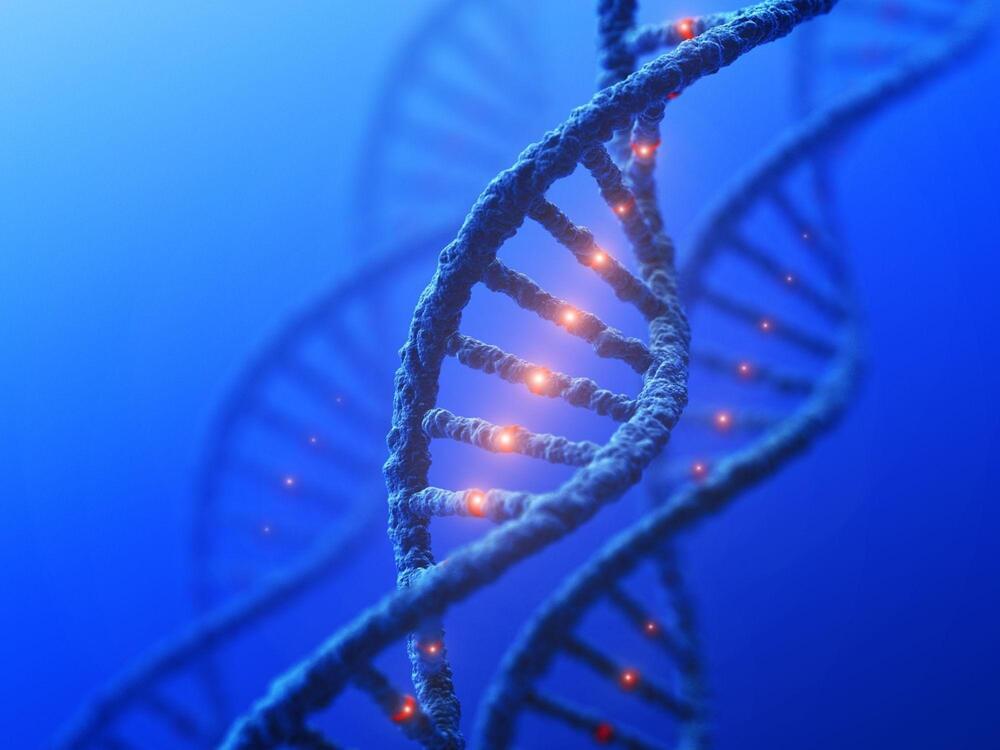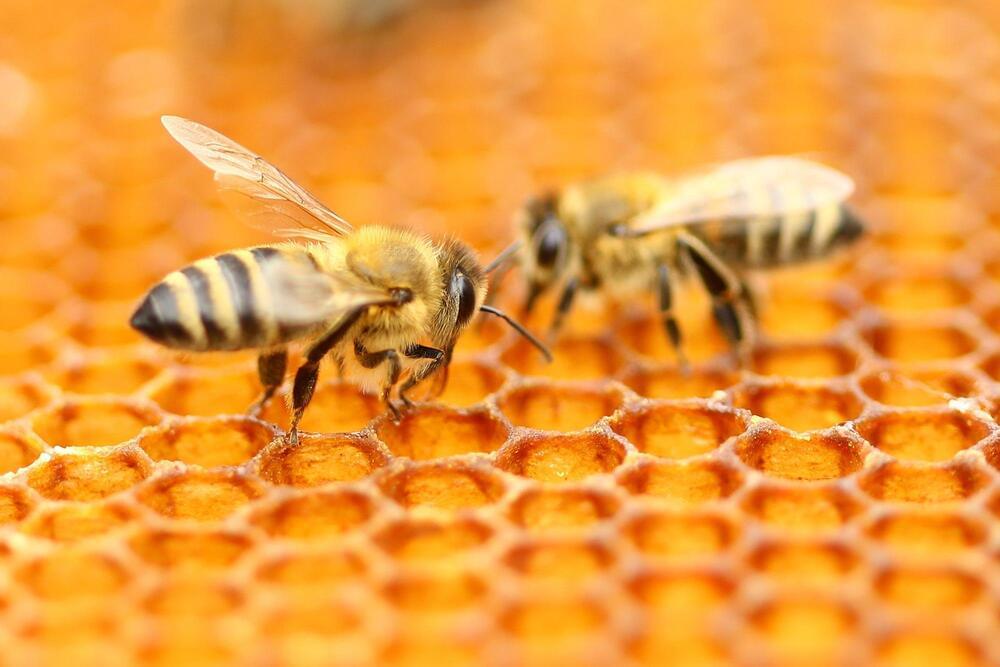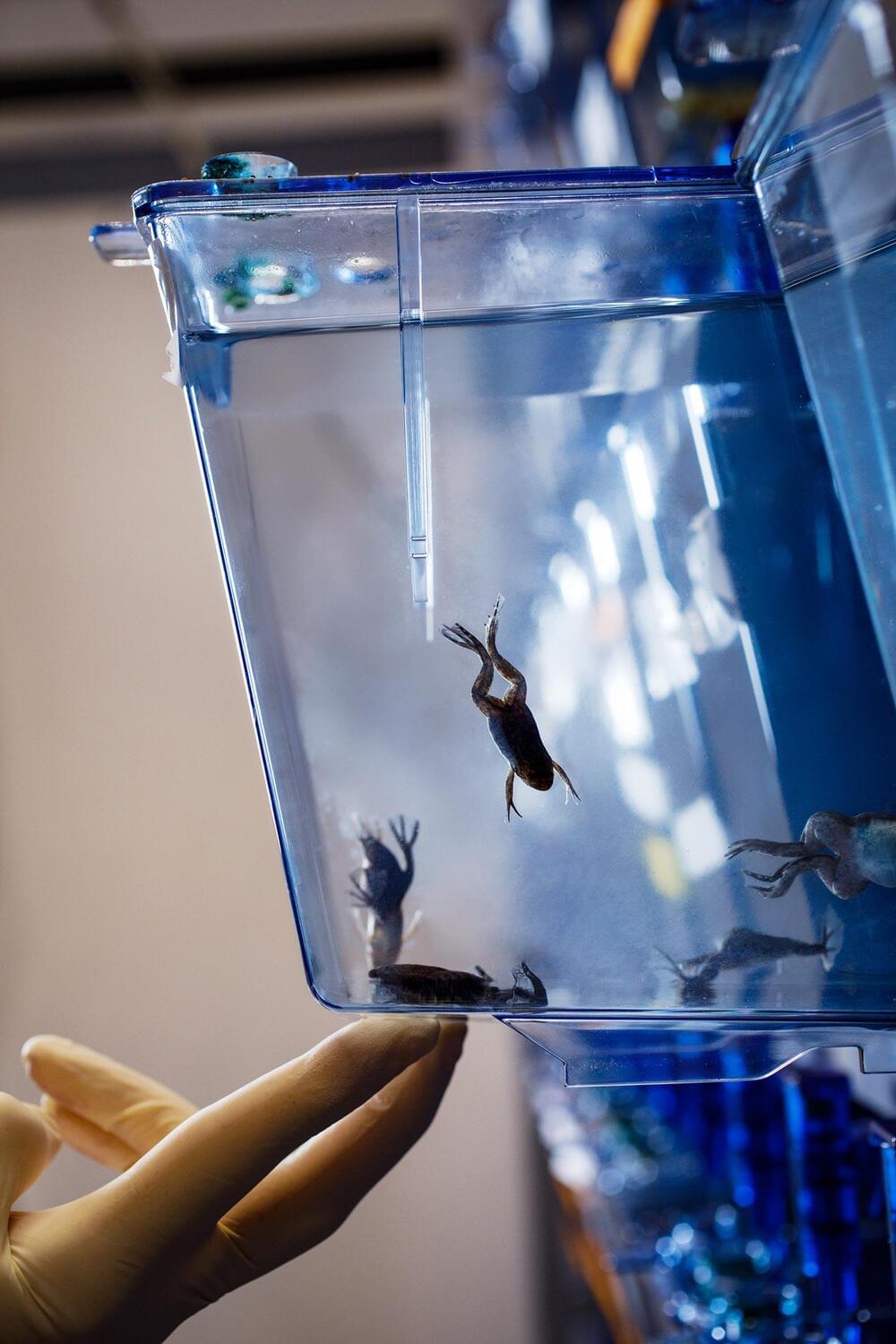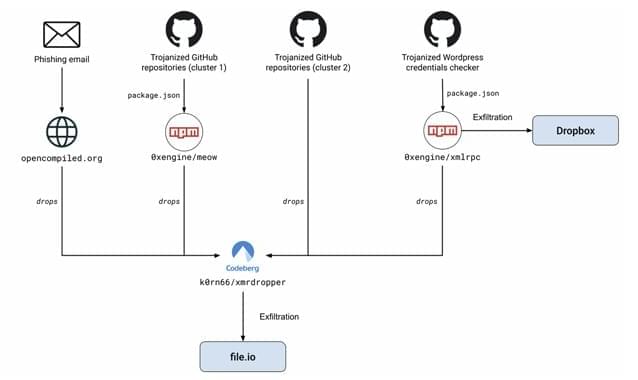Boosting the endocannabinoid 2-AG in the brain can counteract opioid addiction while preserving their pain relief, a Weill Cornell Medicine study finds. This approach, tested in mice using the chemical JZL184, may lead to safer treatments for pain management.
The natural enhancement of chemicals produced by the body, known as endocannabinoids, may mitigate the addictive properties of opioids like morphine and oxycodone while preserving their pain-relieving effects, according to researchers from Weill Cornell Medicine in collaboration with The Center for Youth Mental Health at NewYork-Presbyterian. Endocannabinoids interact with cannabinoid receptors found throughout the body, which play a role in regulating functions such as learning and memory, emotions, sleep, immune response, and appetite.
Opioids prescribed to control pain can become addictive because they not only dull pain, but also produce a sense of euphoria. The preclinical study, published recently in the journal Science Advances, may lead to a new type of therapeutic that could be taken with an opioid regimen to only reduce the reward aspect of opioids.

